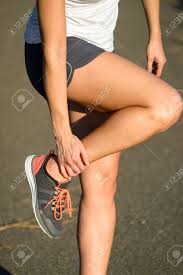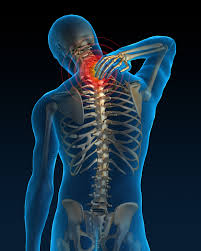One of the things that we try to in the clinic is educate people about the difference between discomfort and pain.
I have always found that it is difficult to find a description which highlights things and I had to go to Australia to find one (Courtesy of ABC.net). Carly Ryan, exercise physiologist at Exercise and Sports Science Australia, says it’s important to differentiate between “pain” and “discomfort” when working up a sweat. “Effort and discomfort go together and that’s what most people would call good pain — you generally expect to feel some level of discomfort,”
Ms Ryan explains. “If it becomes actual pain — burning or stabbing or sharp — that’s not a good sign and you should stop.”

This is the first time I’ve found somebody use a few words where I use 50-100. But what does it mean?
Quite often, it depends on the type of injury. Your traumatic injuries are normally very obvious and quite often there is a level of dysfunction, inflammation and pain. It is when it is a minor injury with no significant levels of the above descriptors that it becomes less obvious and sometimes can be misinterpreted by therapists. Most of the time therapists will use subjective measures to assess a problem which always has elements of misinterpretation.
Therapists will often ask a number of questions?
- When did you start noticing the problem? What were you doing at the time?
- Does it get better as the day goes on?
- When you did it initially – did it feel like a sharp pain? Did it cause an intake of breath?
- How long ago did you do it?
- What did you do at the time? Have you used ice, heat, any pills?
- Did you go to A&E? What did they say?
Hopefully you will see through these quetsions we are trying to deduce what the problem is but it does go back to this one point? Is it discomfort or is it painful?
The issue quite often becomes quite grey when you are rehabilitating an injury. Quite often you will get quite a lot of discomfort and in the early days pain and this is when advise is needed to ensure you don’t make the matters worse and exercise appropriately. Your therapist should help you through this period – they maybe a little cautious but in my view it is better to take an extra 2 weeks than go back to square 1.
The other thing to consider is that pesky thing called the overuse injury. Quite often this is caused by pushing yourself for through a lot of discomfort regularly over a short period of time – this can lead to ITB issues, pain in the knee, discomfort in the back and shoulders (Obviously dependent on what you’re doing). This is when, seeing a good quality Soft Tissue Therapist/Sports Massage person can really help and try to avoid these issues (Remember you can never prevent you can only reduce the risk).
So Remember – PAIN is SHARP and discomfort is to be expected and Yes you can push through discomfort but you should never push through PAIN.

